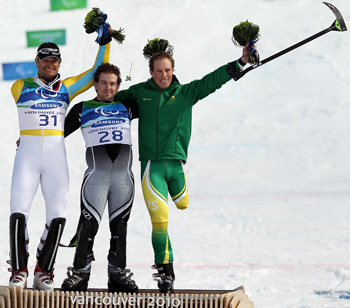Story summary
Until around 1900 a person with disability was usually cared for by their family. Many people were disabled by accidents or injuries, in occupations such as in mining or forestry.
Early organisations
Two early organisations for disabled people were:
- the Sumner Deaf and Dumb Institution in Christchurch (now the Van Asch Deaf Education Centre), founded in 1880
- the Jubilee Institute for the Blind (later the Royal New Zealand Foundation of the Blind and now Blind and Low Vision NZ), which opened in Auckland in 1890.
War
Many soldiers were disabled in wars, particularly the First World War. More than 1,000 New Zealand soldiers had limbs amputated during the war. Institutions were set up to care for them and servicemen with other health needs, including shell shock.
Changing attitudes
Over time, attitudes to people with disability and how to help them have changed. A person with disability used to be seen as needing charity, and were often put into institutions. In the 20th century disability became seen as a medical problem to be cured, if possible. From the 1970s it was argued that people had impairments rather than disabilities, and that it was other people’s attitudes and the built environment that stopped those with impairments from fully participating in society. Many large institutions that cared for disabled people closed, and community care became favoured.
Organisations for people with disabilities
Most organisations for people with disabilities are run by people without a disability, although this has been changing. Some of the most important organisations are:
- Royal New Zealand Foundation of the Blind (now Blind and Low Vision NZ)
- National Foundation for the Deaf
- CCS Disability Action, which focuses on people with physical disability
- IHC New Zealand, for people with intellectual disability.
Disabled peoples organisations
Some organisations are run by people with disabilities themselves. They include:
- Disabled Persons Assembly
- Ngāti Kāpo o Aotearoa, an organisation for Māori with disabilities
- the Association of Blind Citizens of New Zealand
- Aotearoa Network of Psychiatric Survivors
- Deaf Aotearoa New Zealand.
Sports organisations
Organisations for disabled people who are involved in sports include:
- Paralympics New Zealand, for physically disabled sportspeople
- Special Olympics New Zealand, for athletes with intellectual disabilities
- Deaf Sport Federation of New Zealand.
Disability rates
Around 24% of New Zealanders have some kind of disability.
As people age, they are more likely to have a disability. Men are slightly more likely to have a disability than women.
Common impairments
The most common impairments in adults affect
- mobility – having difficulty walking short distances
- hearing
- agility – not being able to bend.
The most common impairments in children are learning and speech difficulties.




